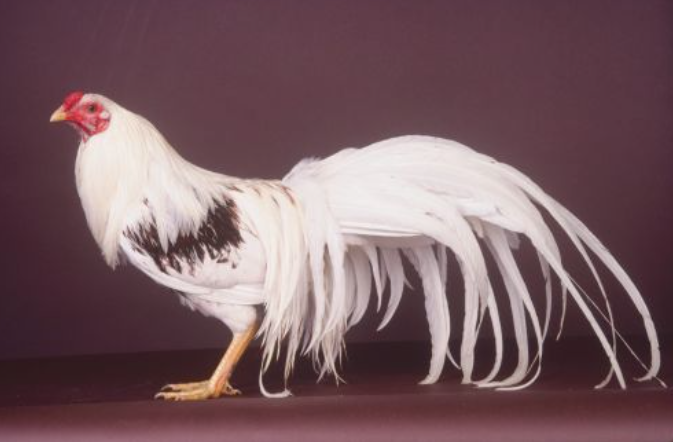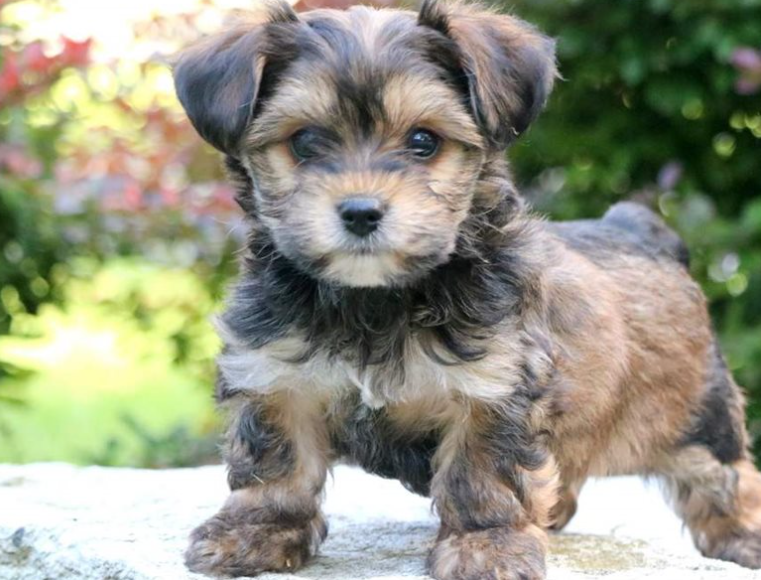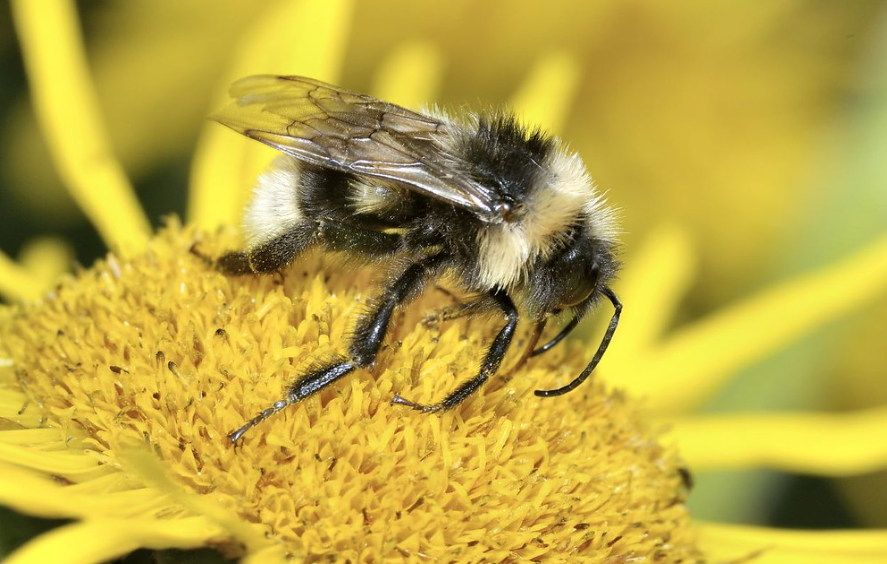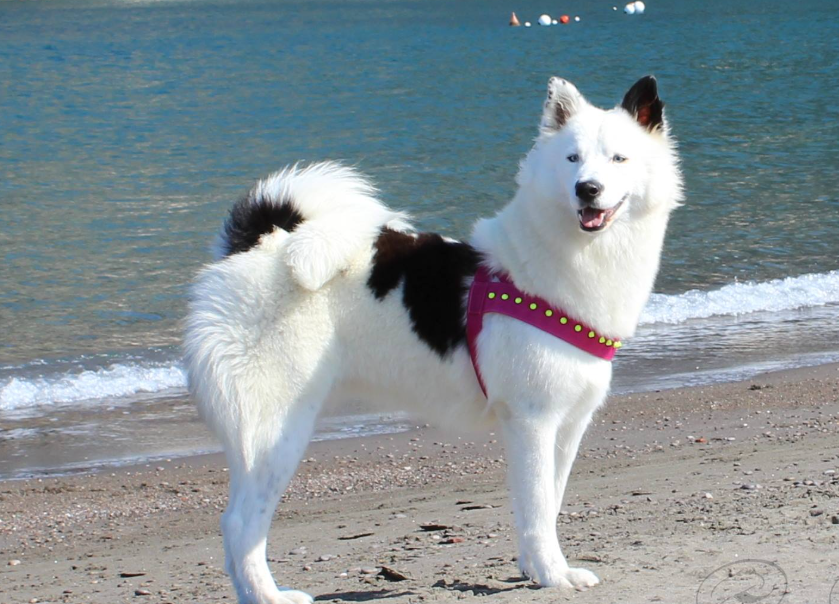
Introduction to the Laika Yakutian: The Hardy Siberian Working Dog
The Yakutian Laika originates from the Sakha Republic (also called Yakutia), a region in Siberia, Russia, known for its extremely cold winters. This extraordinary breed of dog has historically been used for various tasks, including herding, sledding, and hunting. Known for its strength, resilience, and ability to thrive in freezing climates, the Yakutian Laika represents the survival and adaptation of the Siberian people. In this article, we will explore why the Yakutian Laika is regarded as one of the hardiest and most adaptable dog breeds in the world by examining its history, physical characteristics, temperament, uses, and maintenance.
The History and Origins of the Yakutian Laika
The Yakutian Laika has a long and rich history in the isolated, harsh environments of Siberia. The breed’s ancestors are believed to be the Sakha people, who have lived on the Siberian tundra for thousands of years. The survival of the Sakha people in this frigid environment, where they relied on these dogs for essential tasks, is closely connected to the breed’s history.
Connection to the Laika Family of Dogs
The Laika family, which includes the Yakutian Laika, consists of working breeds native to the Russian Federation. Laika breeds, such as the Russian-European Laika and the Siberian Husky, are primarily used for hunting, herding, and sledding. However, the Yakutian Laika stands out among other Laika breeds due to its ability to endure severe cold.
Historical Roles in Siberian Culture
Historically, the native people of Siberia used Yakutian Laikas for hunting large game such as bears, deer, and elk. These dogs also played a vital role in herding reindeer and were essential for sledging people and goods across the freezing tundra. The breed is considered one of the toughest dog breeds in the world because of its perseverance and ability to work in extreme environments.
Modern-Day Rebirth of the Yakutian Laika
In the early 20th century, the breed faced the threat of extinction due to the rise of agriculture, urbanisation, and the decline of traditional lifestyles in the region. However, since the 1990s, conservation efforts have led to a resurgence of the Yakutian Laika, both in its native Siberia and beyond.
Physical Attributes of the Yakutian Laika
The medium-sized Yakutian Laika has been developed to endure extremely cold weather. Its thick double coat provides excellent protection against the cold, making it ideally suited to the icy Siberian winters. The undercoat is thick, woolly, and velvety, while the outer coat is long, straight, and dense. Thanks to this double coat, the Yakutian Laika can withstand temperatures as low as -50°C (-58°F), helping it regulate its body temperature in harsh conditions.
Yakutian Laika Size and Physical Build
The breed has a compact and muscular build, with a strong, robust frame that supports endurance and agility. Females are typically smaller, weighing between 15 and 18 kilograms (33 to 40 pounds), while adult males usually weigh between 18 and 22 kilograms (40 to 50 pounds). The Yakutian Laika has an athletic, balanced body that enables it to perform a wide variety of tasks. Its shoulder height ranges from 48 to 60 centimetres (19 to 24 inches).
Distinctive Features of the Yakutian Laika
One of the Yakutian Laika’s most distinctive features is its fox-like appearance, which includes almond-shaped eyes, pointed ears, and a wedge-shaped skull. The breed’s alertness and intelligence are reflected in its eyes, which are usually amber or brown with a sharp, watchful expression. Another distinctive feature is its broad, fur-covered tail, which often curves elegantly over its back.
Coat Colour and Camouflage Capabilities
The coat colour of the Yakutian Laika can vary, but it is typically white with markings ranging from black to grey to brown to tan. This coat colour allows the breed to blend into its snowy surroundings, offering both warmth and camouflage.
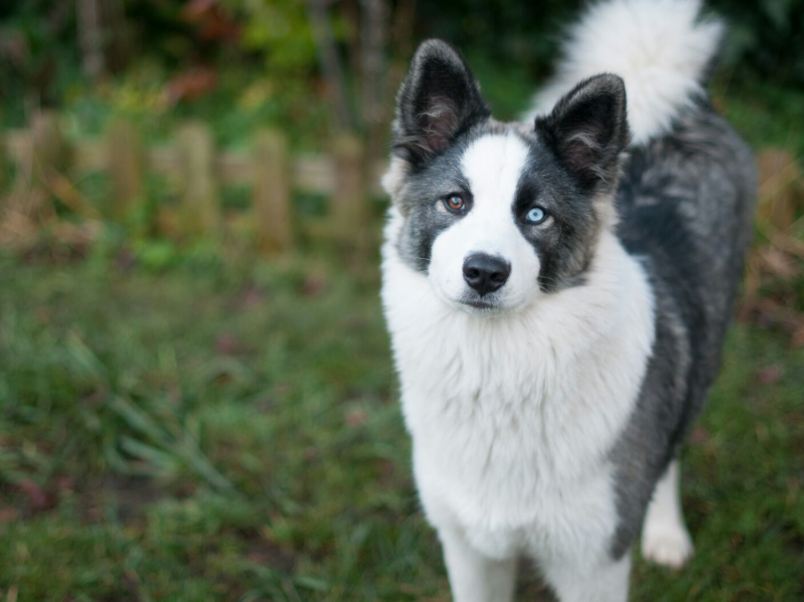
Behavior and Temperament of the Yakutian Laika
The Yakutian Laika is known for being energetic, independent, and strong-willed. This breed is an excellent choice for people with active lifestyles, as it is a working dog that is intelligent and responsive to commands. Despite its independent nature, the Yakutian Laika is devoted, loving, and protective of its family and territory.
Training and Obedience Challenges
Although the Yakutian Laika is highly trainable, it requires an experienced owner who understands the needs of working dogs. Due to its independent tendencies, it may not always respond to commands immediately. With consistent training and encouragement, however, it can become a well-behaved and obedient companion.
Hunting and Prey Drive in the Yakutian Laika
The Yakutian Laika is an excellent hunter, with a strong prey drive. Its natural instincts for tracking and retrieving make it ideal for hunting and pursuing wildlife. Due to this innate hunting tendency, it might view smaller pets as prey, which can make it challenging to keep with other small animals in the home.
Socialising the Yakutian Laika with Family and Children
The Yakutian Laika is a sociable dog that enjoys being part of a family. It generally gets along well with children and can be a loving and fun companion. Early socialisation and training are crucial to ensure that the dog develops into a well-rounded companion, as its independent nature may make it less eager to please than some other breeds.
Applications of the Yakutian Laika
The Yakutian Laika has been used for various purposes throughout history, thanks to its strength, endurance, and versatility. Traditionally, the breed served as a sled dog, transporting people and goods across the frozen Siberian tundra. Its exceptional stamina, agility, and ability to work in freezing conditions made it ideal for this task.
Yakutian Laikas in Hunting
In addition to their work as sled dogs, Yakutian Laikas have been used for hunting and herding. They are commonly employed by native hunters in Siberia for hunting large animals, such as elk, deer, and wild boar. Their powerful tracking instincts and acute sense of smell make them excellent at finding and pursuing prey.
Herder and Shepherd Capabilities of the Yakutian Laika
The breed has also been used to herd reindeer, which is a key part of the Sakha people’s nomadic lifestyle. Yakutian Laikas make excellent shepherd dogs because they are naturally inclined to herd and are fiercely protective of their flock.
Modern Use of Yakutian Laikas as Pets
In some areas, particularly in Siberia, Yakutian Laikas are still used for their traditional purposes. However, they are increasingly kept as family pets and companion animals. Their intelligence, loyalty, and adaptability make them great pets for active individuals and families who are willing to provide plenty of exercise and mental stimulation.
Maintenance and Upkeep of the Yakutian Laika
Caring for a Yakutian Laika involves meeting its physical and mental needs. Due to its high energy levels, the breed requires regular exercise to remain happy and healthy. Daily walks, runs, and playtime are essential for maintaining the dog’s physical health. Additionally, the Yakutian Laika enjoys activities like running, hiking, and pulling sleds, which help channel its natural energy and instincts.
Grooming Needs of the Yakutian Laika
The Yakutian Laika’s thick double coat requires regular grooming to prevent matting and tangling. Brushing once or twice a week is typically enough to keep the coat healthy, although more frequent grooming may be necessary during the twice-yearly shedding periods. Regular grooming not only keeps the dog’s coat in top condition but also helps minimise shedding and ensures its functionality in cold weather.
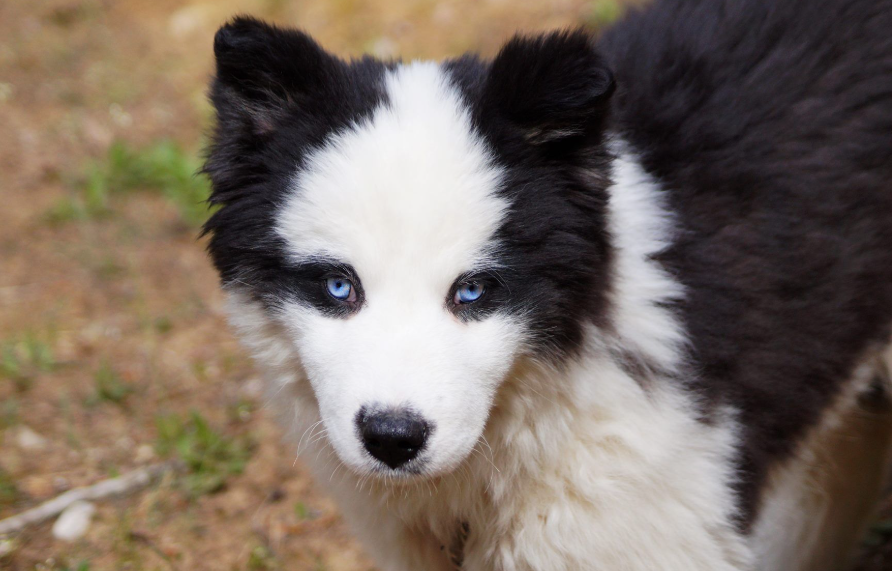
Health Considerations for the Yakutian Laika
While the Yakutian Laika is generally a healthy breed, it is prone to some health issues, as with any dog. These can include skin allergies, vision problems, and hip dysplasia. Providing nutritious food and regular veterinary check-ups is essential to maintaining the dog’s overall health.
